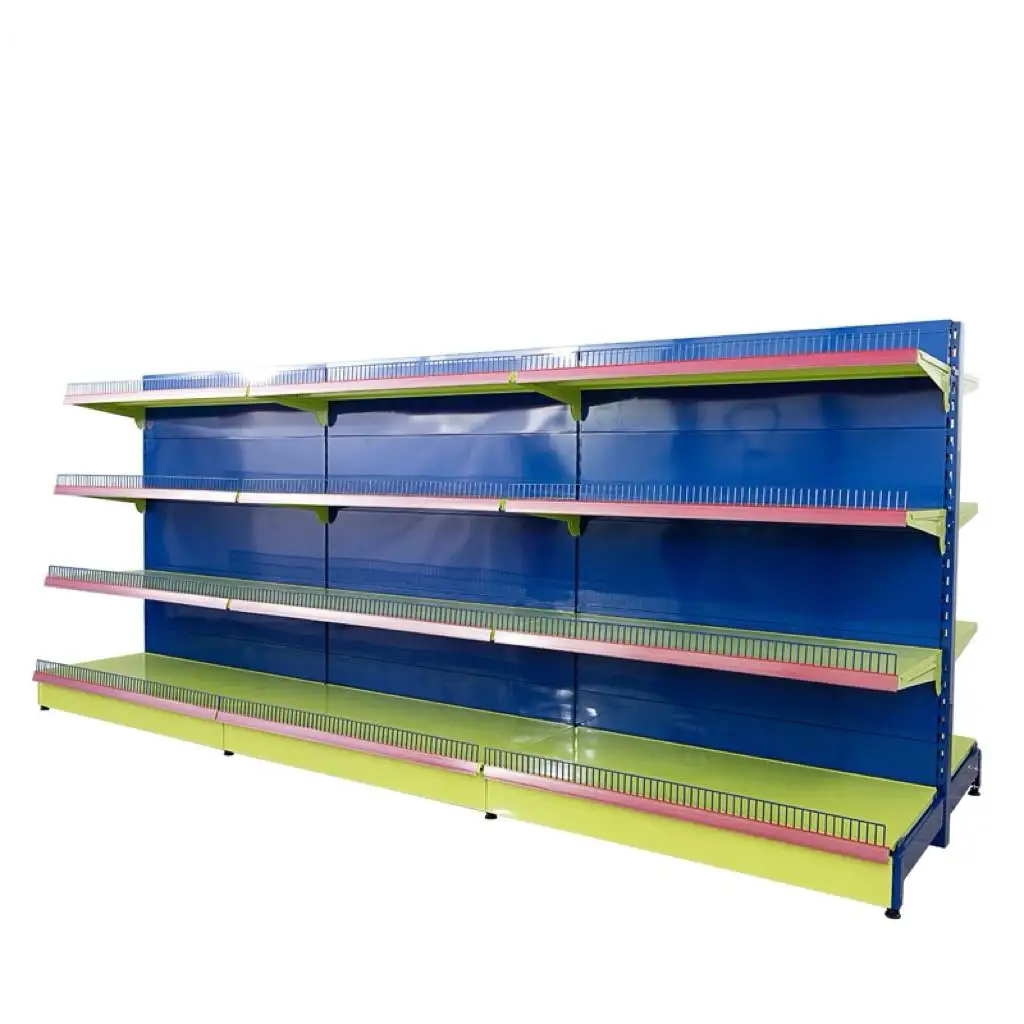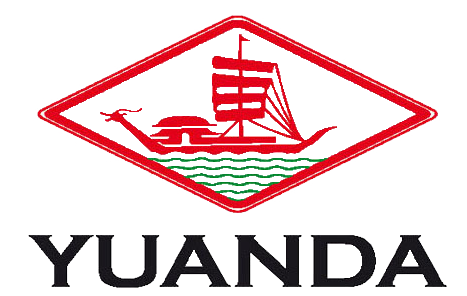Routine Inspection Protocols for Supermarket Shelving
Regular inspections are crucial for maintaining the structural integrity of supermarket shelving. First, conducting visual checks for structural damage is a routine necessity to ensure the longevity and reliability of shelving units.
Visual Checks for Structural Damage
Regular inspections walk through the facility looking for obvious signs of damage like cracks, warped sections, or rust spots form the foundation of good shelf maintenance. A simple checklist works wonders during these checks, covering all the usual suspects including brackets holding everything together, individual shelves themselves, and those metal frames supporting the whole structure. Taking this organized route means nothing gets missed between inspections. Keeping detailed notes on what's found creates a kind of time capsule showing how shelves have changed over months or even years. These records come in handy when scheduling routine maintenance work and catching small problems before they turn into expensive repairs down the road. Warehouse managers know firsthand that early detection saves money and prevents safety hazards later on.
Testing Weight-Bearing Components
It's really important that the parts of shelving units that hold weight can actually support what they're supposed to carry. Regular stress testing makes sense too these days. What happens is people gradually add weights onto the shelves while watching how they perform. If something looks off during these tests, like maybe certain spots bend or sag unexpectedly, then bringing in someone who knows their stuff becomes necessary. Certified technicians have the know-how to check everything properly and make sure the shelves meet all those safety regulations. They'll test how well the shelves handle real world pressures from day to day operations. Taking this extra step keeps everyone safe around the store, protects valuable inventory sitting on those racks, and most importantly helps maintain the overall strength of the entire shelving framework across the supermarket premises.

Proper Loading Techniques to Prevent Wear
Adhering to Load Capacity Limits
Keeping those shelving units within their weight limits really matters if we want to avoid unnecessary wear and tear on them. We need to make sure those max load numbers are visible where everyone can see them without having to hunt around for information. Staff members often forget just how much stuff they're putting up there, so some basic training on what happens when shelves get overloaded would go a long way. People might not realize that stacking too much product isn't just bad for inventory management but actually poses safety risks too. Regular checks throughout the week help catch problems early before anything gets damaged or worse, someone gets hurt because of unstable merchandise displays.
Balanced Weight Distribution Strategies
Getting staff trained in how to balance weights properly makes all the difference when it comes to reducing wear and tear on those supermarket shelves. The basic idea is simple enough really just spread out the weight so nothing gets overloaded. Heavier stuff goes lower down where it's more stable, lighter items up top where they won't cause problems. Most stores put up signs around the warehouse area as reminders about this stuff. Some even have color coded labels or arrows pointing where different sized boxes should go. These visual cues help keep everyone on track with good loading habits, which ultimately means fewer accidents and longer lasting shelves across the board.
Cleaning & Maintenance Best Practices
Daily Dusting & Spill Management
Supermarket shelves stay looking good when stores develop consistent cleaning routines for dust and spills throughout the day. Staff need proper training on which products work best for different surfaces since using wrong cleaners can actually harm the shelving material. Dust gets tackled regularly to keep displays looking fresh, and any liquid accidents get wiped up fast before they leave marks or cause real problems. Stores that track their maintenance efforts through written records find it easier to spot trouble spots that need extra care week after week. The whole system works pretty well in practice, keeping those aisles looking neat enough to encourage shoppers to browse longer.
Deep Cleaning Schedules
Creating a solid deep cleaning schedule helps keep supermarket shelves in good shape and allows proper inspections. How often stores need these deep cleans really depends on things like how busy they get and what kinds of products sit on those shelves. Many supermarkets find it wise to bring in professional cleaners every so often since regular staff might miss spots or accidentally damage the units during cleaning. Keeping shelves looking clean and presentable does more than just make customers happy it actually makes the whole setup last longer, which saves money in the long run. These deeper clean sessions work alongside everyday tidying up efforts, making sure everything stays ready to display products properly without any issues popping up unexpectedly.
Environmental Factors Affecting Shelf Longevity
Humidity Control Methods
Controlling humidity matters a lot when it comes to keeping supermarket shelves looking good over time. Regular checks on humidity levels make sense, along with running dehumidifiers or maybe even some humidifiers depending on what's actually happening in store conditions. When humidity gets too high, it starts eating away at shelf materials pretty quickly, particularly those made from stuff that doesn't stand up well against moisture. Staff should know this too because damp air affects not just the shelves themselves but also the products sitting on them. Investing in shelves designed to resist moisture makes all the difference in protecting against weather-related wear and tear. Taking these steps helps preserve both what's on display and the actual structures holding everything up, which means fewer replacements down the road.
Temperature Regulation Tips
Big changes in temperature really affect how long supermarket shelves last before they need replacing. Supermarkets should install some kind of temperature tracking system so shelves don't get hit by too hot or too cold conditions over time. Staff training matters too when it comes to understanding what happens to products and shelves when temps swing around. Stores that struggle with keeping things at stable temperatures might want to look into getting insulated shelving units instead. Keeping things steady in temperature helps prevent all sorts of problems down the road. Shelves won't warp as much and products stay fresh longer without getting damaged from extreme heat or cold exposure.
Staff Training for Shelf Preservation
Safe Handling Protocols
Staff training needs to include proper handling protocols if we want our shelves to last longer than a week. We need to run those training sessions regularly, by the way. The main goal here is teaching workers how to handle items without damaging them when they're stocked. Give them clear instructions on lifting techniques and positioning products right where they belong so shelves don't get stressed out. When done properly, this keeps both merchandise and display structures intact. Don't forget about follow-up checks and occasional refreshers either. Most stores find that their employees actually remember better when they get reminded every few months. Beyond just avoiding accidents, good training builds worker confidence and makes operations smoother overall. Supermarkets save money in the long run because their shelves won't need replacing as often.
Damage Reporting Systems
Having a good damage reporting system makes all the difference when it comes to keeping shelves looking their best and fixing problems fast. When staff can easily flag damaged shelves right away, stores respond quicker and keep operations running smoothly. Employees who take ownership of shelf maintenance tend to work better together as a team too. Looking at damage reports regularly helps spot trends nobody would notice otherwise. Maybe certain areas get hit harder during peak hours or particular products cause more wear and tear. These observations let managers put in place fixes that actually work long term instead of just patching things up. Over time, this kind of consistent attention builds stronger, more reliable shelving throughout the store.
Upgrading Shelving Components Over Time
Reinforcing Weak Joints
Spotting those weak spots in shelving joints matters a lot if we want to keep everything standing upright and avoid accidents or downtime. Special brackets and better fasteners really make a difference in how long shelves last before they start sagging. When looking at individual units, workers need to decide between just reinforcing what's there or going all out with replacements. This call depends on what shape the shelf is actually in and what kind of weight it needs to hold up. Good record keeping about these improvements lets maintenance teams track performance over time and spot problems before they become emergencies. Most warehouse managers know from experience that regular checks and proper documentation save headaches down the road.
Protective Coating Applications
Putting protective coatings on shelving materials helps them last longer against everyday damage and abrasion. The right coating matters though it needs to work with whatever material makes up the shelves themselves. Supermarkets especially need coatings that meet food safety requirements since customers handle products directly from these displays. Checking how well the coatings hold up shouldn't be a one-time thing either. Store managers should look at their shelves regularly to see if the protection still works properly after months of constant use. Sometimes this means touching up old spots or applying fresh layers where necessary. Beyond just looking better, good maintenance keeps those heavy duty racks standing strong even when faced with the relentless traffic patterns typical in grocery stores day after day.
FAQ Section
What are routine inspection protocols for supermarket shelving?
Routine inspection protocols involve regular visual checks for structural damage, testing weight-bearing components, and ensuring adherance to proper loading techniques.
Why is it important to carry out visual checks for structural damage?
Visual checks help identify visible defects like cracks, warping, or rust, thereby preventing minor issues from escalating into significant problems.
What methods are available for testing weight-bearing components?
Stress tests, where weight is added incrementally and performance is monitored, are crucial to evaluate the integrity of shelving units over time.
How can proper loading techniques prevent wear?
Proper loading techniques such as adhering to load capacity limits and balanced weight distribution reduce stress, minimizing wear and damage to shelving units.
What environmental factors affect shelf longevity?
Humidity and temperature significantly impact shelf longevity. Regular monitoring and control can prevent deterioration and maintain shelf integrity.

